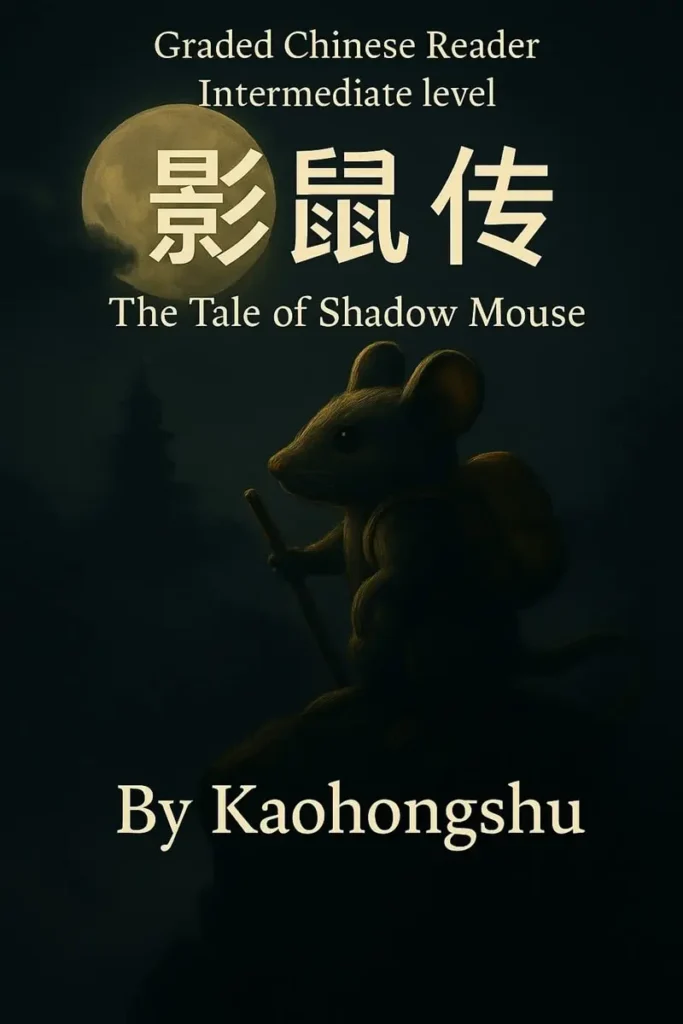One gloomy afternoon in Beijing, thirty years ago. Chinese language student Lily gets out her dictionary to look up four mysterious characters. Half an hour later her noodles have gone cold and the battle-scarred book still hasn’t provided any answers. In a desperate state, Lily smashes the book against the window. Glass shatters everywhere. One Chinese student gets hurt. Lily has to cover his medical costs, but she can’t and is forced to give up her studies and leave China forever.

This story of tragic failure clearly occurred in the dark era before the invention of Chinese dictionary app Pleco. And this – I admit – is a completely superfluous article that makes a point of stating the obvious about the app that is favored by the majority of Chinese learners, although there are alternatives like Hanping and others. It does seem that once you found a proper Chinese dictionary app with various useful extensions one tends to stick (and grow) with it, but let’s continue the story.

The reason my Chinese dictionary became filling material for my bookcase
The Pleco Chinese dictionary dates back to the year 2000. Founder Michael Love, who was studying Chinese in China back then, revolutionized learning Chinese by inventing a Chinese dictionary app that you can use both on- and offline on numerous devices. Because of Michael Love’s app, nowadays, hardly any Chinese learner uses old-fashioned paper dictionaries. In fact, the old-school way of looking up a character by their radical is becoming a less and less relevant skill that is only being taught to sinologists as far as I know.
Good to know: Pleco is pronounced like “pleeco” with a long “e”. The name refers to a type of aquarium catfish (scientific name Hypostomus plecostomus) which can also be seen in the company’s logo. Actually, it seems to be the founder’s personal way of pronouncing the word, but since Pleco is his baby he must know best.
Why ride a donkey if you have a car…
The Pleco dictionary has been installed over 5 million times in the Google app store and some of its users have been working with Pleco for more than twenty years now. The main reason can be found in the continuous improvement of the app (and that is not subscription based?). Pleco has over time become much more than an online dictionary. Additional features include different Chinese fonts, handwriting input, OCR, graded readers, flashcards, audio and multiple dictionaries.
I finally could stop ordering stir-fried noodles
a satisfied PLECO user
In 2010 Pleco was the first to launch an OCR system for Chinese characters which caused another revolution in Chinese learning. Say you were sitting in a Chinese restaurant: all you had to do is scan the characters from the menu with Pleco and the definitions would appear automatically on your screen. For the first time, you could read the whole menu, instead of randomly picking Caterpillar Fungus Duck or ordering the same dish over and over again.
My learning history with Pleco – one of millions
Pleco has played a major part in my learning and continues to do so. Especially in China, I spent hours with Pleco opened on my tablet or smartphone – in class, at home reading texts or even watching TV. What I personally like the most about Pleco are actually mostly basic features that are bundled in one singular app:
- You can use handwriting and Pinyin to find almost any character you come across.
- Pleco shows you the stroke order of the 500 most common characters. Great when you are just starting out. And more can be added.
- Pleco provides useful example sentences and word combinations which makes it easier to remember a new character.
- Speaking of memorizing: one of the best features is the search history. Pleco automatically stores all your entries, showing the exact date and time when you looked up a particular word. Making notes can hardly be more very convenient.
- You can use your bookmarks to make flashcards (it’s an add-on) and practice new and old vocabulary.
- It’s up-to-date and comprehensive. The lexicon covers a large area from internet slang and international movie stars all the way back to Chinese dynasties, classic texts and historical figures.
- Pleco contains not just simplified characters but also the traditional ones, so it’s Taiwan- and Mainland-friendly.
- You can copy Chinese texts to the clipboard reader and then simply tap on unknown characters to see their meaning. Useful when you’re trying to get into the details of an news article or almost any other text.
Conclusion
Are there any major things to dislike? Even after having read many of the 1-star reviews in Google Play, I’d say no. But I do think Pleco takes some getting used to. Once you ‘become friends’ though, you grow with each other like I mentioned earlier, especially if you do some more research on tricks & tips using the Pleco Forums or other sources. Of course you have to pay for add-ons (no ‘predatory prices’ like one reviewer wrote btw), but depending on your use and study goals, investing some money in extra features usually is worth it. And let’s not forget that in the dark times before Pleco, Lily paid a lot of money for her dictionary.














12 thoughts on “Review: Chinese dictionary app Pleco”